What kind of trees are bonsai trees?
Have you ever wondered, “What kind of trees are bonsai trees?” This question unveils the captivating world of bonsai, an ancient Japanese art form that has enchanted enthusiasts worldwide. Bonsai trees, with their allure and charm, allow individuals to cultivate miniature versions of majestic trees. Let’s embark on a journey into the intricate realm of bonsai, exploring its various facets from tree types to cultivation techniques.
What kind of trees are bonsai trees?
Diverse Types of Bonsai Trees
1. Deciduous Trees: Embracing the Seasons
Deciduous trees, renowned for their seasonal leaf changes, stand out as excellent choices for bonsai. The Japanese Maple, with its vibrant hues, transforms your miniature garden into a palette of colors.
2. Evergreen Trees: Perpetual Beauty
Evergreen trees, maintaining foliage year-round, provide a sense of permanence. Consider the Juniper bonsai, featuring needle-like leaves and unique growth patterns, for an enduring touch.
3. Flowering Trees: Burst of Colorful Elegance
For a visual spectacle, opt for flowering trees like the Cherry Blossom bonsai. The delicate blooms add an elegant touch, enhancing the aesthetic appeal of your bonsai collection.
Essential Considerations for Bonsai Trees
1. Size and Shape Harmony
Choosing the right size and shape for your bonsai is pivotal. Achieving harmony between the tree, pot, and surroundings ensures a visually pleasing and balanced display.
2. Climate Suitability
Understanding the climate requirements of different tree species is crucial. Selecting trees adapted to your local conditions promotes their health and longevity.
3. Maintenance Mastery
Regular maintenance is key to bonsai tree well-being. Proper watering, pruning, and protection from harsh weather conditions contribute to their vitality.
Popular Bonsai Tree Species: A Glimpse into Diversity
1. Juniper: Adaptable Elegance
Known for its hardiness, the Juniper bonsai is a favorite among beginners. Its adaptability and distinctive needle foliage make it a versatile and visually appealing choice.
2. Maple: Iconic Elegance
The Maple bonsai, adorned with iconic lobed leaves, introduces an element of elegance. Witness the captivating display as its leaves change colors throughout the seasons.
3. Pine: Majestic Resilience
Exuding strength and resilience, the Pine bonsai with its long needles and rugged bark presents a majestic appearance in any bonsai collection.
Cultivating Bonsai Trees: A Delicate Art
1. Pot Perfection
Selecting an appropriate pot is an art. It should complement the tree’s style and size while ensuring proper drainage.
2. Soil and Fertilization Wisdom
Well-draining soil prevents root rot, and a balanced fertilizer regimen ensures optimal growth and vitality in bonsai trees.
3. Pruning Precision
Pruning is fundamental to bonsai cultivation, maintaining the desired shape, encouraging branching, and enhancing overall aesthetics.
Nurturing Your Bonsai: Care Tips for Success
1. Watering Wisdom
Achieving the right balance in watering is crucial. It prevents root issues and contributes to the overall health of your bonsai tree.
2. Sunlight Essentials
Most bonsai trees thrive in well-lit areas. Understanding the sunlight requirements of your specific tree species ensures healthy growth.
3. Pest Management Mastery
Vigilance against pests is essential. Regular inspection and the use of natural insecticides help keep bonsai trees pest-free.
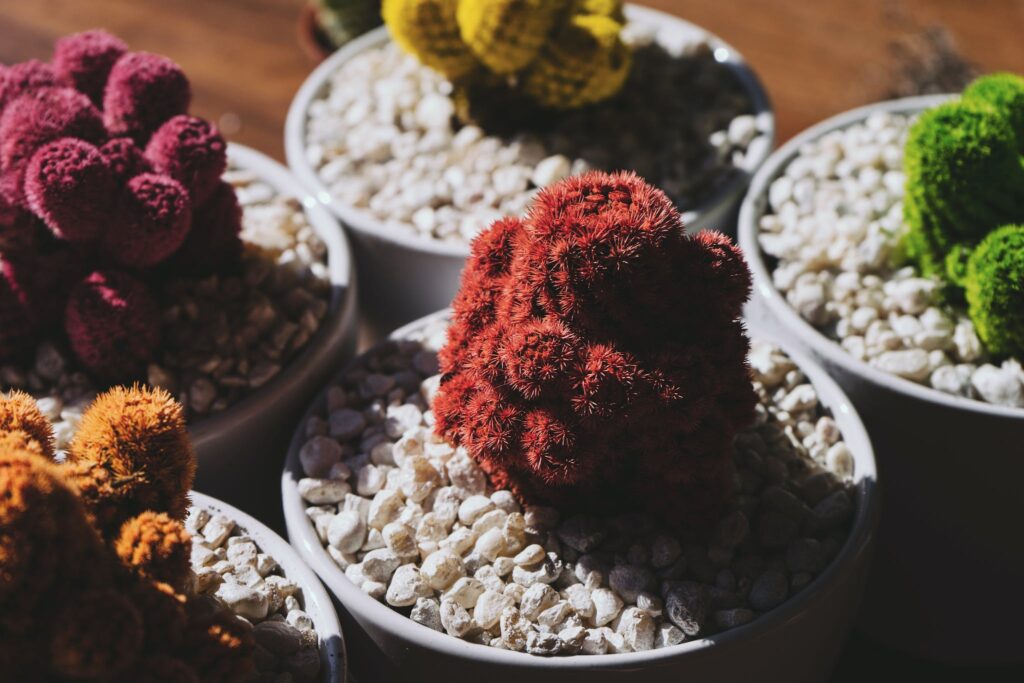
Artistic Dimensions of Bonsai
1. Wiring Wonders
Wiring is an art used to shape bonsai branches, requiring skill and patience to achieve the desired form without causing harm.
2. Shaping and Styling Expression
Artistic expression in bonsai lies in shaping and styling, understanding the tree’s natural growth patterns to create a harmonious design.
3. Patience in Bonsai Artistry
Bonsai is a testament to patience. Witnessing your tree evolve over time, responding to your care and artistic touch, is a truly rewarding experience.
Dispelling Myths about Bonsai Trees
1. Bonsai Trees: Not Genetic Mutations
Contrary to popular belief, bonsai trees are not genetic mutations. They are regular trees meticulously pruned and cared for to maintain a miniature size.
2. Bonsai Trees: Outdoor Marvels
While some bonsai thrive indoors, many require outdoor conditions. The misconception that bonsai are solely indoor plants overlooks their diverse needs.
In conclusion, delving into the captivating world of bonsai is an enriching journey. Whether you’re a novice or a seasoned enthusiast, the artistry and care involved in cultivating these miniature marvels offer a rewarding and timeless experience. Now you can have a clear idea of What kind of trees are bonsai trees?
FAQ about What kind of trees are bonsai trees?
How often should I water my bonsai tree?
Regular watering is essential, but the frequency depends on factors like tree species, climate, and pot size. Check the soil moisture regularly and adjust watering accordingly.
Can any tree be made into a bonsai?
In theory, most trees can be turned into bonsai, but not all are suitable. Choose species that tolerate confinement, respond well to pruning, and have appealing features.
Do bonsai trees require special soil?
Yes, bonsai trees need well-draining soil to prevent waterlogging. Bonsai soil mixes are designed to provide proper aeration and drainage.
Can bonsai trees stay indoors?
Some bonsai varieties can thrive indoors, but most benefit from outdoor conditions. Adequate sunlight and air circulation are essential for their well-being.
How long does it take to train a bonsai tree?
Bonsai training is a patient process. It can take several years to achieve the desired shape, and ongoing maintenance is necessary to preserve it.
Are bonsai trees easy to care for?
While they require specific care, bonsai trees are manageable with proper knowledge. Understanding their needs and dedicating time ensures a thriving and beautiful bonsai.


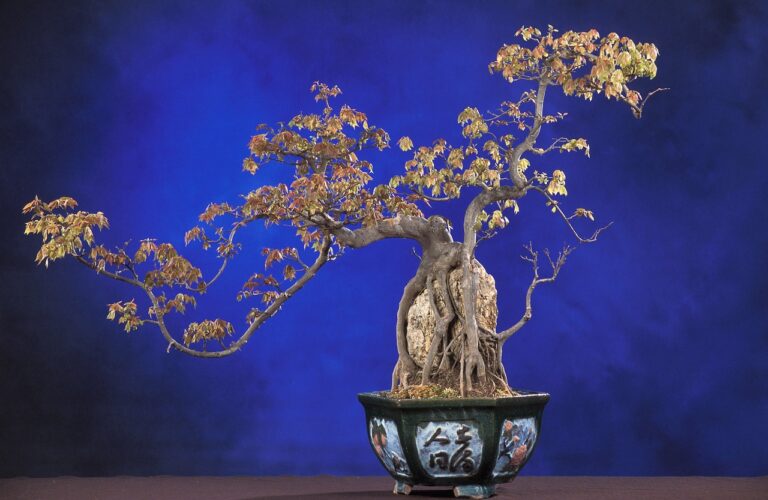
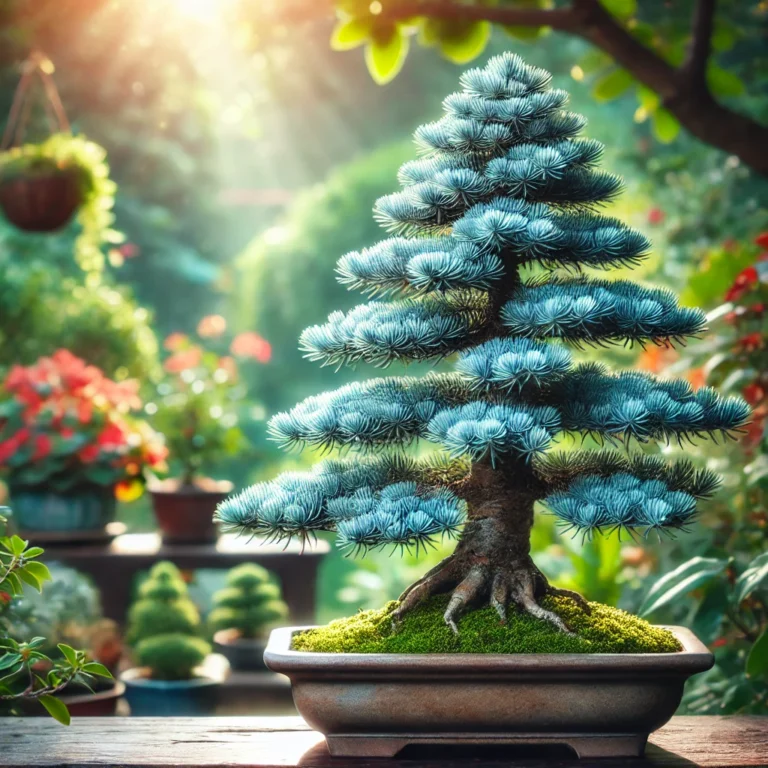

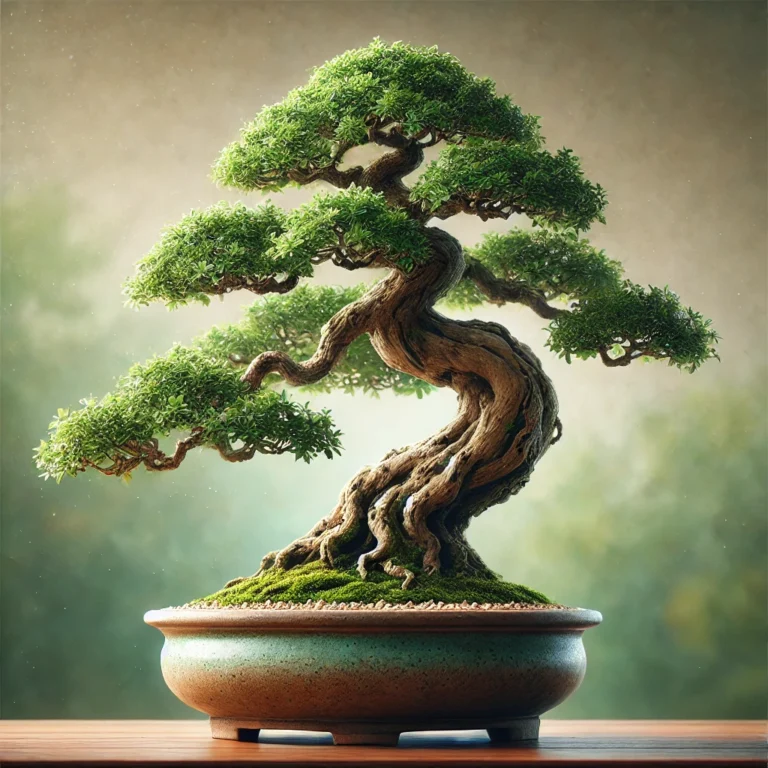
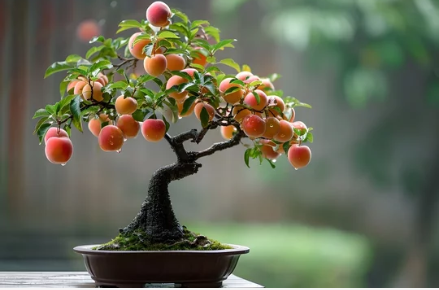

I have been exploring for a little for any high quality articles or blog posts on this sort of area . Exploring in Yahoo I at last stumbled upon this website. Reading this info So i am happy to convey that I have a very good uncanny feeling I discovered just what I needed. I most certainly will make sure to do not forget this site and give it a glance regularly.
Very interesting info !Perfect just what I was searching for! “Wherever the Turkish hoof trods, no grass grows.” by Victor Hugo.